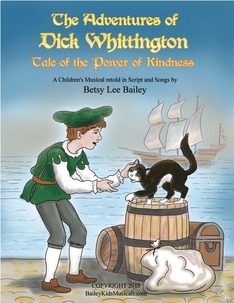
"Dick Whittington and His Cat." is a very old English tale presented first in Pantomime form in England about 1605. It is loosely based on the story of a real person Richard Whittington who was elected Lord Mayor of London three times, in 1397, 1406, and again in 1419. English Pantomime was a much-loved popular entertainment for families from the English Renaissance (roughly 1520-1620). Certain stock players were expected in English Pantomime --- the Every-man (a normal, likeable young man that things happen to), a Love Interest (usually a young, feisty, fair maiden), the Do-good characters (kind persons, fairy godmother, beneficent wealthy person), the Dame (an extremely fat, over–the-top character who has a garish taste in clothing and wears outlandish wigs and make-up — usually played by a man), the Villain (ruffian, bill collector, jealous witch, evil Rat King, etc.), a Comic Duo who provide slapstick comedy, and at least one Funny Animal.
The great William Shakespeare himself used this framework for many of his comedies!
The idea of using this recipe to create a Children's Musical piece was intriguing. I pondered my approach for a couple of years. Then, I took two months writing it. Renamed The Adventures of Dick Whittington it went into production in January of 2016 and premiered in March. This was such a fun show to do! See pictures from it's production at Photos from Productions The Adventures of Dick Whittington 2016.
I have done research on some of the many versions of this play that have been produced over the years. Apparently, it has been popular, particularly at Christmas time, in England for over 400 years! It has a pedigree that I had to respect. In my research, I never found it produced as a Children's Theater piece for child actors to perform, though. Mostly, it is presented by adult actors to an audience that may include children. But there are many versions in storybook form for children. Curious.
This song from the show has become quite popular for Elementary School concert programs. "Let Kindness Begin with Me" 2-Part Children's Chorus.
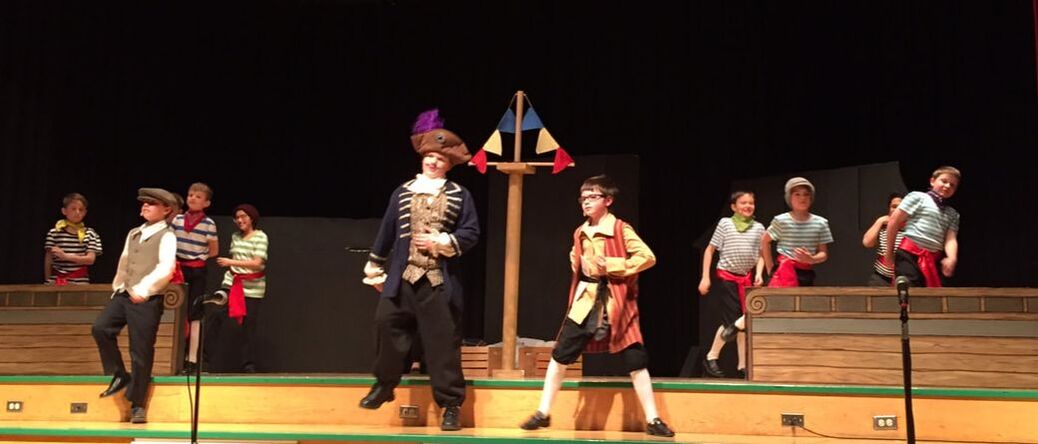

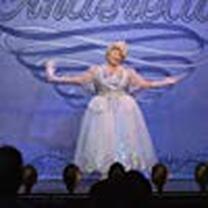
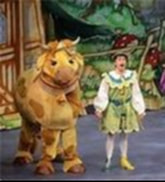
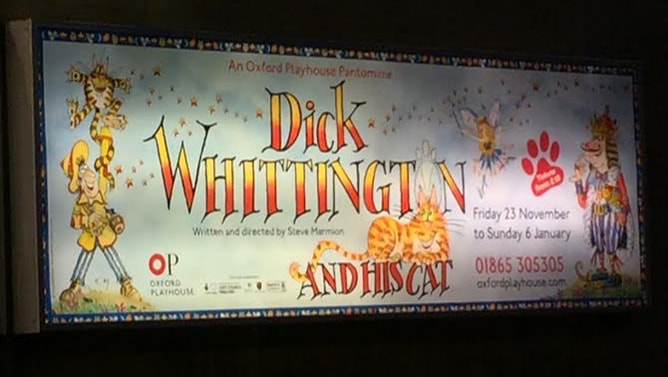
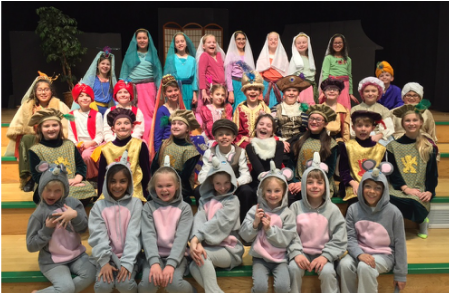
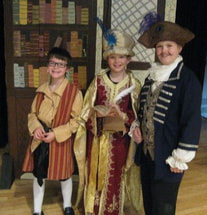
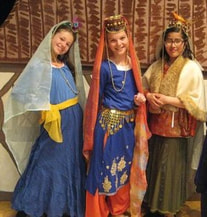
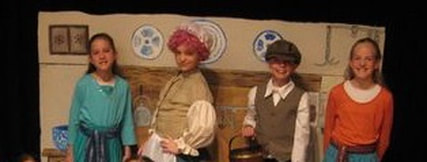
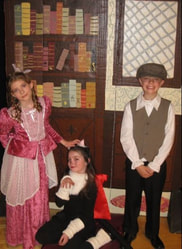
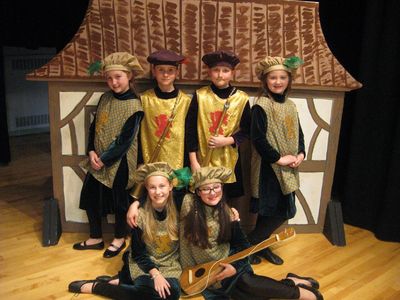
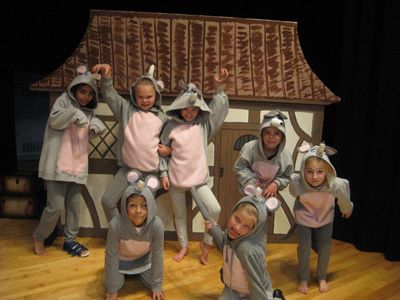
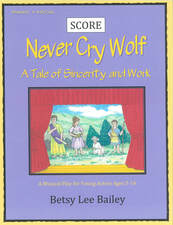
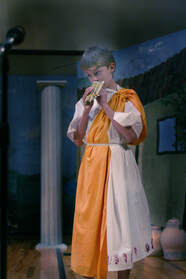
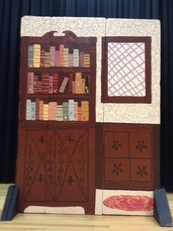
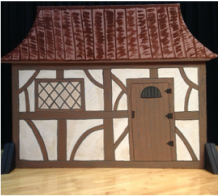
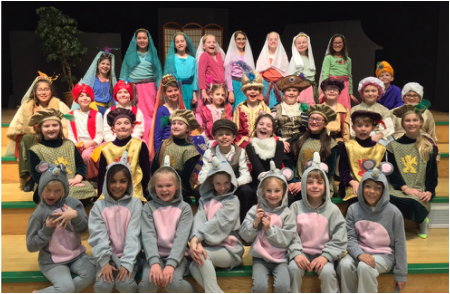
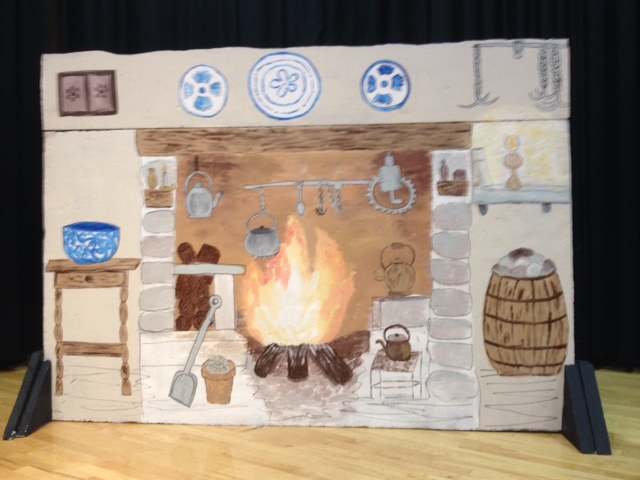
 RSS Feed
RSS Feed